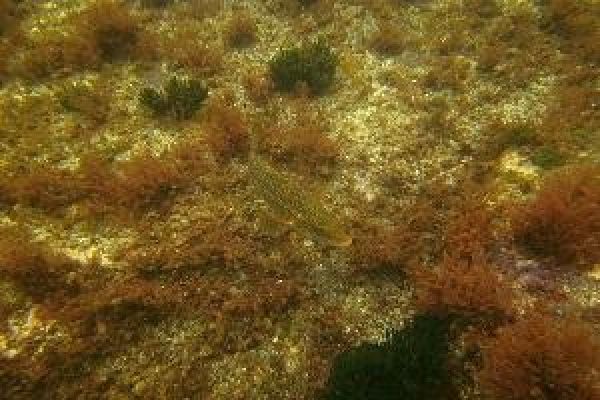Not all specimens of the same species are the same: there is a marked variability within the same population and sometimes these morphological differences are translated into a different behaviour. A study by the UB shows that fishing alters resource distribution and therefore, the behaviour of two typologies of the same fish species, Labrus bergylta. These results, published in the journal Marine Ecology Progress Series, show that fishing hardens the understanding of how the features of species have evolved in exploited ecosystems, since it has an impact on how these act and feed from animals. Also, results ratify the importance of marine reservoirs to understand the original behaviour of these ecosystems before human intervention.
The article is signed by Lluís Cardona, Àlex Aguilar and Fabiana Saporiti researchers from the Department of Evolutionary Biology, Ecology and Environmental Sciences and the Biodiversity Research Institute (IRBio) of the UB. Experts from the Spanish Institute of Oceanography and the University of Essex (United Kingdom) also took part in the study.
The existence of different forms of the same species, called morphotypes, is frequent in vertebrate animals and depends to a large extent on the abundance of available preys during the first years of life, as well as on the competition with other congeners. To find out if two morphotypes of the same species differ in the use of resources and if this diversity is affected by fishing, the UB team launched a study on Labrus bergylta, a fish in the order of Perciformes and the family of the wrasses, very common on the northern coasts of the Iberian Peninsula and on the Atlantic coasts of Europe.
Read more at: University of Barcelona
Labrus bergylta spotted morphotype (Photo Credit: Olga Reñones)


